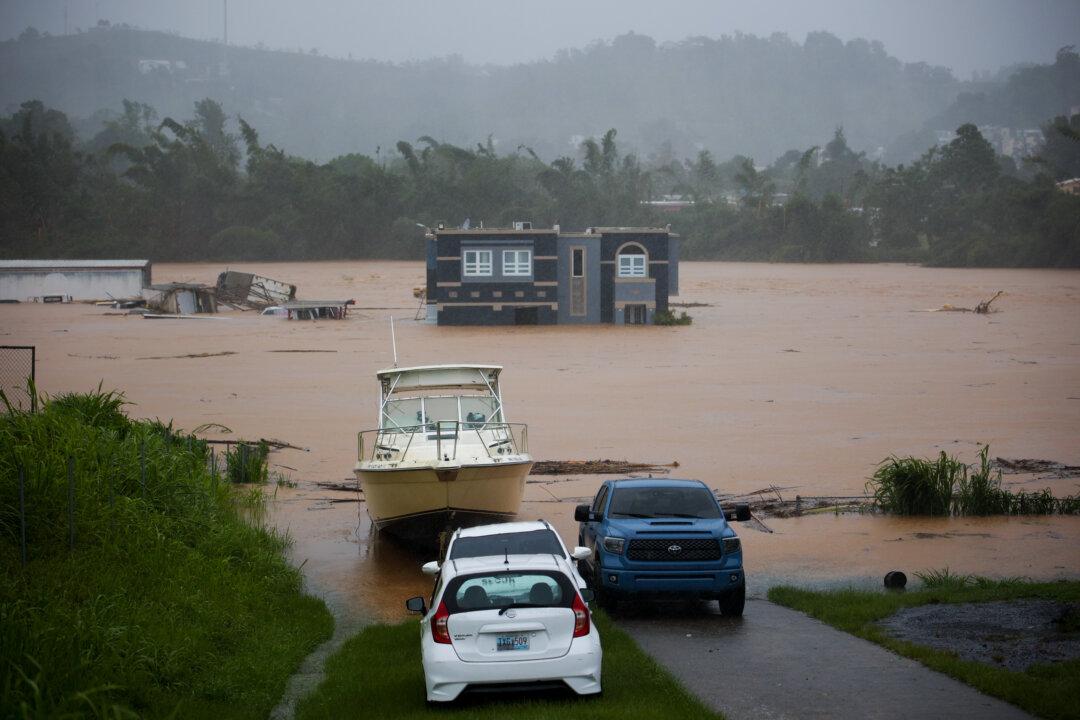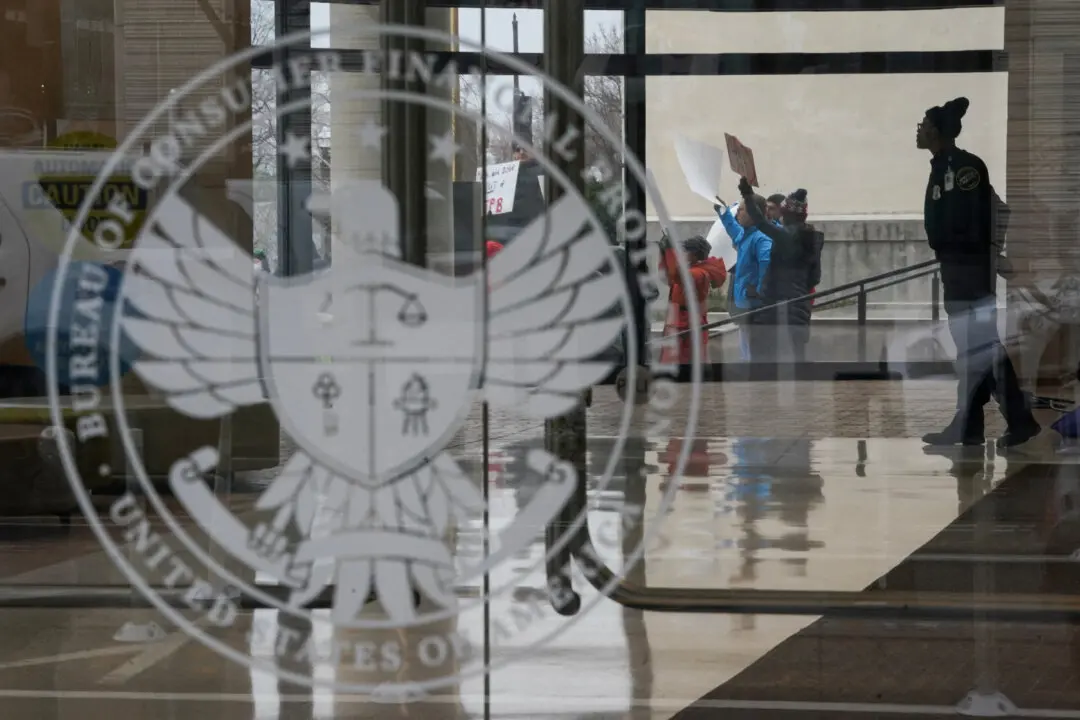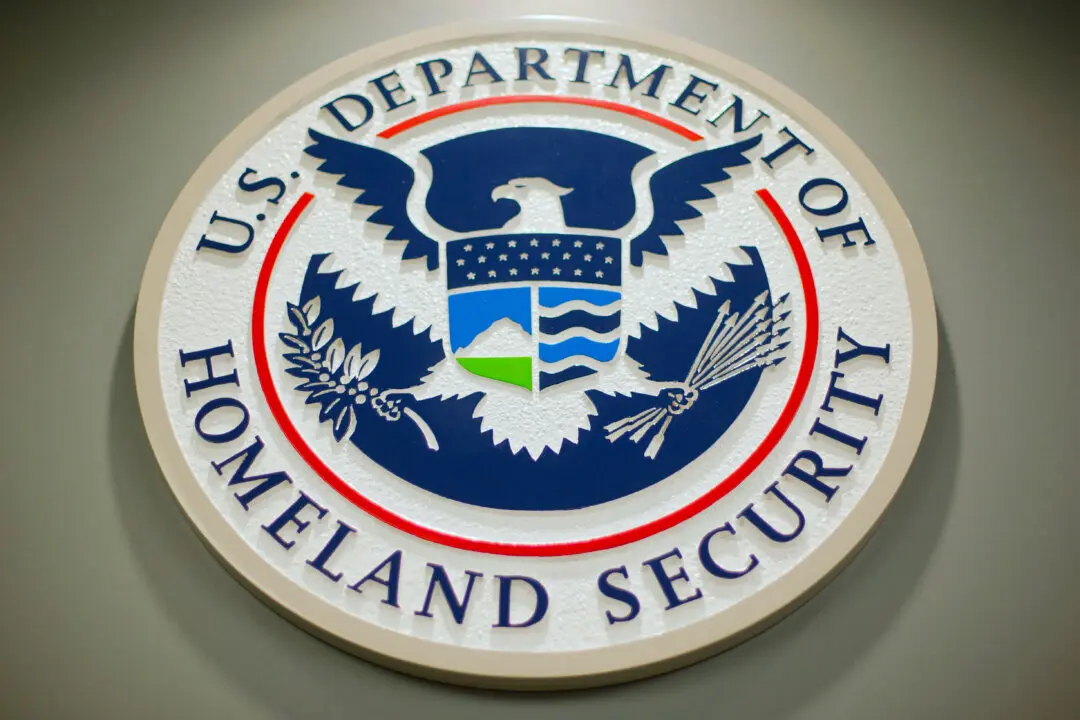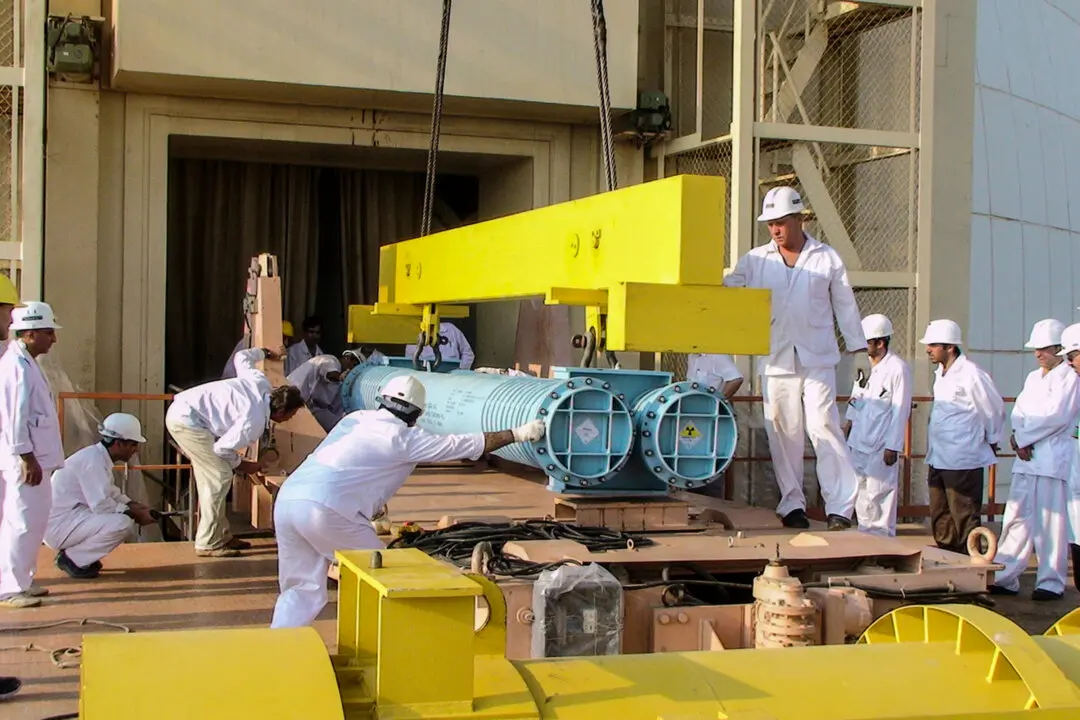Hurricane Fiona has weakened after hitting Puerto Rico but is forecast to strengthen again later on Sept. 19, according to the National Hurricane Center (NHC).
Then, Fiona will likely move to the north before heading north-northeast and may strike the Turks and Caicos islands on Sept. 20 before it passes near Bermuda, located far out in the Atlantic, later this week. The storm, or remnants of it, is forecast to hit northeastern Canada by Sept. 24.





